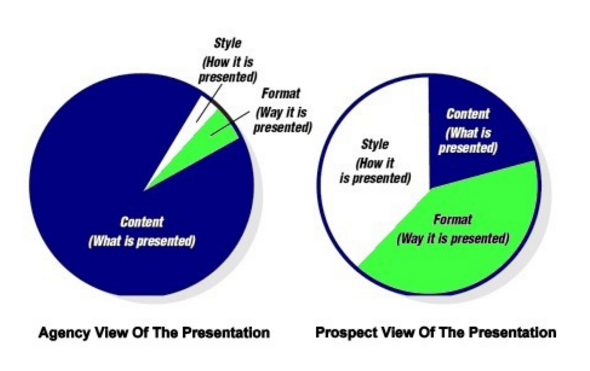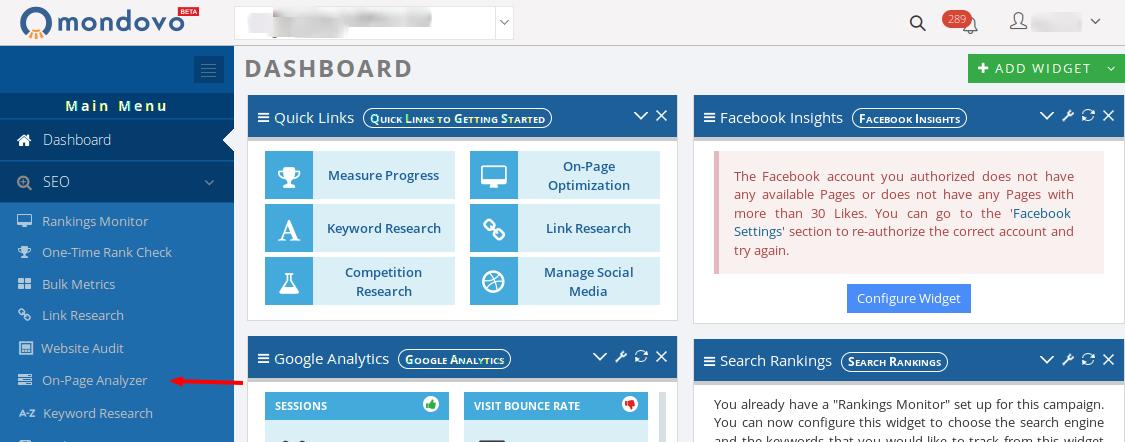Reputation Management vs. Search Engine Optimization: What’s the Difference?
These days, it seems like you can’t get by without a solid digital marketing strategy. According to data collected by SEO Tribunal, in 1998, Google served only 10,000 queries per day. That number skyrocketed to 3.3 billion daily searches in 2012, and as of 2016, stands at over 5.4 billion daily searches.
These staggering figures serve to prove that consumers are looking overwhelmingly to search engines to find the answers to informational and transactional questions. The intent behind these queries is incredibly valuable, as they provide instantaneous insight into buyer intent, or where searchers fall in the sales funnel—an intangible concept that has traditionally been the bane of a marketer’s existence. The amount of money on the table has led companies from the largest enterprise organizations to challenge e-commerce brands to funnel large portions of their marketing budget into optimizing their site content to rank better in search engine results pages for specific queries (SERPs).
At a minimum, 75% of clicks go to content on the first page of Google results, according to a study on Google organic click-through rates. What’s more, the majority of that percentage goes to the higher-ranked content, and decreasing exponentially the further you scroll (33% of traffic to the first result, 15% to the second, and just 9% to the third result, respectively).
As an e-commerce business, your survival depends on visibility in organic search. You can’t afford to rank poorly for product-specific and branded keywords because the combined search volume behind those queries is what drives sustained organic traffic to your site.
But what if I told you that there was more to organic search than optimizing on-page content or building backlinks? Customers are also searching for your brand name in any combination of ways, and what they find can greatly influence purchase decisions. Buyer perception matters, which is why eCommerce brands need to pay attention to their branded search results.




